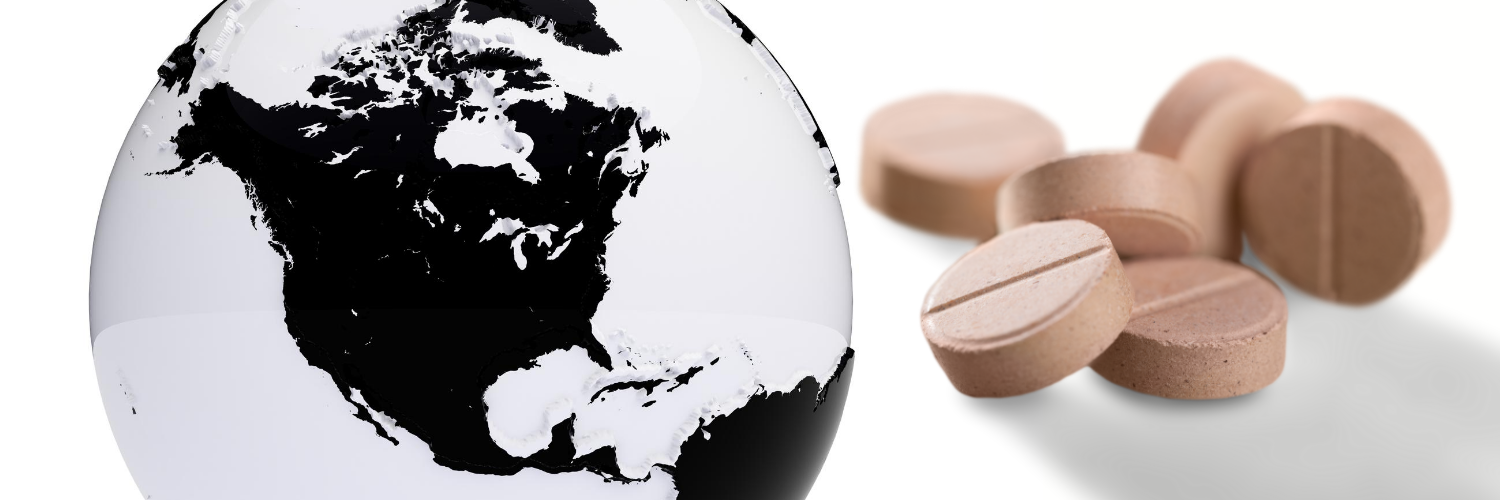7 Secrets Moms Know to Lower Children's Prescription Costs

Prescription medication, especially for chronic conditions like asthma or diabetes, can run families a pretty penny. Sometimes — quelle horreur! — children’s medications are more expensive than medications for adults. You know how some children’s medications come in different styles, like liquid gels or flavors? That tiny manufacturing change allows drug companies to hold onto patent exclusivity a little longer. This drug pricing tactic is known as “evergreening,” in which companies extend the life of drug patents with new “formulas” of the drug. Additionally, a 2017 report from PBS pointed out that the Best Pharmaceuticals for Children Act, passed in 2002, allows pharmaceutical companies to hold onto patent exclusivity for six months longer if they perform clinical trials for children.
Related: Why are drug prices so high in the U.S.?
@ExpressScripts I have now spent over 6 hours on the phone for an explanation as to why you increased the cost of my child's medication from $20 for a 3 month supply to over $200. I don't get to decide to pay you less for my insurance, so you shouldn't be allowed to do this.
— Feed the right wolf, MD (@AnishMasharani) September 4, 2020
With that in mind, how do moms save on children’s medications? A few tips, tricks, and secrets to make pharmacy bills more manageable.
1. Shop around
Like The Miracles said, you’d better shop around. You wouldn’t buy a car without going to a couple of different dealerships. So, don’t buy your medications without calling a few pharmacies. Even within neighborhoods, different pharmacies have varying prices. Call your local pharmacy and ask what the copay would be. Then, try Walgreens or CVS or a similar big box store. Compare at least three places before you land on your pharmacy.
Tweet to embed: https://twitter.com/MyFrozenTundra/status/1299034577994944512?s=20
Related: Why are drug prices so different at different pharmacies?
2. Buy in bulk
Smart moms shop at Costco or other bulk goods stores, right? The same logic applies to shopping for prescription drugs: Buy big, save big, especially if you are worried about losing your health insurance. (In fact, Costco pharmacies are known for having cheaper options vs. Walmart and other big pharmacy names!) If your child’s medication is currently on your insurance drug formulary, ask your doctor for a 90-day prescription, which will give you three months’ worth of product (in general). This is not just a smart way to stock up. This is also an easy way to save money!
At PharmacyChecker-accredited international pharmacies, you can order up to a three month supply of medication. More on that later.
NOTE: This does not work if you are purchasing drugs that are volatile in storage, like certain biologics.
3. Enroll in a savings program
Many pharmaceutical companies offer copay cards or patient assistance programs for certain drugs. As PharmacyChecker has pointed out before, these programs tend to favor families that are already insured. Still, if you are uninsured, check with the manufacturer of the product to see if you qualify. Tris Pharma, the company behind the ADHD medication Quillivant, has a copay savings card that promises (though with an asterisk) as little as $20 per prescription copay. More than a few companies manufacturing asthma and allergy medications, like AstraZeneca and Novartis, offer drug savings programs for these conditions. See the full list at the Asthma and Allergy Foundation of America.
Same. We could never afford my child’s medication without help from the manufacturer. It costs more than my rent per shot. And it’s absolutely necessary. I don’t believe he’d be alive without it. Crazy.
— Amanda B (@EastTNGrl) September 10, 2020
4. Switch to a prescription delivery service
We’re not just talking about PharmacyChecker-accredited international pharmacies. PharmacyChecker accredits and monitors online pharmacies from across the world, many located in Canada, India, New Zealand, Turkey, and the UK. But the U.S. has similar services with domestic shipping — like PillPack (an Amazon operation) that can help you save a buck. Are they the answer to brand name drug savings like those you’ll find by shopping abroad? Not likely. But if your kid is taking a generic medication, then a domestic delivery option may be the answer to your prayers.
Many health insurance companies like Humana offer prescription drug delivery as well. In these cases, you would be cutting out a stop at the pharmacy to perhaps score savings.
My child’s medication is $300 cheaper through a mail-delivered prescription service through our insurance. This meddling with the @USPS is incredibly disturbing. @JohnCornyn @SenTedCruz @RepRonWright please work on our behalf. ? https://t.co/Vek4gWgAMa
— Nikki W. (@Nikki_Wag) August 15, 2020
5. Open a health savings account
Smart parents think ahead. Health savings accounts (HSAs) are tax-free savings accounts that you can then spend on healthcare-related expenses. They can be exceedingly useful for chronic or degenerative conditions when you might expect to face some serious medical expenses down the line. HSA accounts, whether employer-sponsored or opened yourself at your bank, are also great ways to protect your income: the money you invest in an HSA isn’t taxed unless you break the stipulation that the funds can only be used for health-related expenses before the age of 65.
Health savings accounts can be tricky because you can only have one if you also have a high-deductible health insurance plan. “High deductible” means, from PharmacyChecker’s perspective, a “bad insurance plan.” If you have a high deductible, that means you will be paying out of pocket for certain procedures or appointments for much longer (until you meet the cost of the deductible) than you would under a low deductible plan. Low deductible plans come with their own issues, like high monthly premiums, but do not offer the HSA option. Depending on your situation — more likely, if you do not have chronic health issues — an HSA paired with a high deductible plan could be the way to go.
6. Order from international online pharmacies
Prices you pay for medication ordered online from Canada or elsewhere are usually even cheaper than a copay at a local pharmacy. Drug prices can be as much as 98% cheaper at PharmacyChecker-accredited pharmacies than at U.S. retail pharmacies. This is especially true for brand-name medications. Plus, you have the option to buy in “bulk” (up to a 90-day supply).
NOTE: At this time, no accredited online pharmacies ship insulin or other temperature-regulated medications. We expect this may change in 2021.
7. Look into the Children’s Health Insurance Program
The Children’s Health Insurance Program (CHIP) is a form of Medicaid for individuals under 21. It covers children of families that do not qualify for Medicaid, which would extend coverage to the children of the family anyway. Most importantly: It covers prescriptions.
Though it is federally mandated, states run CHIP as they see fit. Coverage will vary from state to state. As with Medicaid, states that have adopted the Medicaid expansion will have greater opportunities for CHIP. Many CHIP programs offer prescription drug programs. CHIP, like Medicaid, enrolls throughout the year.





